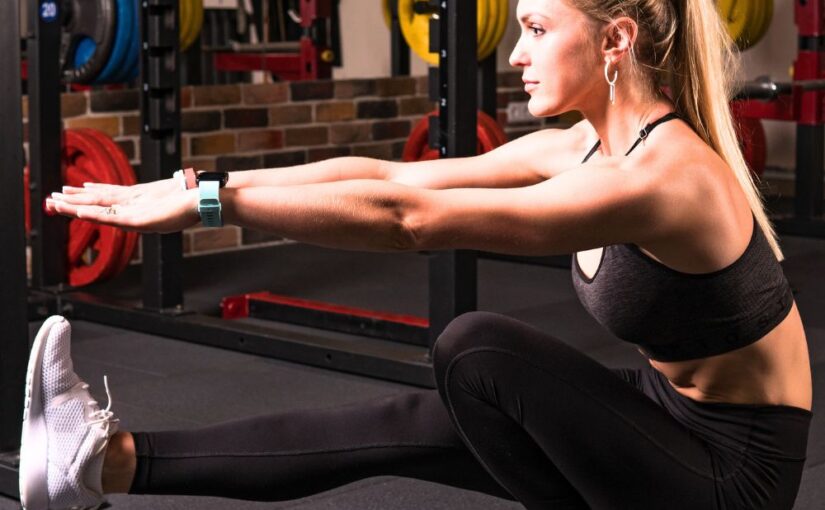Pistol squats are a challenging and highly effective bodyweight exercise that can significantly enhance your strength, balance, and flexibility. This single-leg squat variation not only targets the legs but also engages the core and improves overall body control. In this article, we’ll explore the benefits of pistol squats, how to perform them correctly, and tips for mastering this impressive movement.
What Are Pistol Squats?
A pistol squat is a squat performed on one leg while the other leg is extended forward. This movement requires strength, balance, and mobility, making it a great test of lower body and core stability.
Benefits of Pistol Squats
1. Increased Leg Strength
Pistol squats focus on the quadriceps, hamstrings, glutes, and calves. By challenging one leg at a time, they help build unilateral strength, which is essential for overall leg development and functional fitness.
2. Improved Balance and Coordination
Performing a squat on one leg forces your body to stabilize itself, enhancing balance and coordination. This can translate to better performance in other athletic activities and daily movements.
3. Enhanced Core Stability
The core plays a critical role in maintaining balance during a pistol squat. Engaging the abdominal muscles helps stabilize the torso, improving overall core strength and stability.
4. Greater Flexibility
Pistol squats require good ankle, hip, and knee mobility. Regular practice can help improve your flexibility in these areas, which is beneficial for various physical activities and injury prevention.
5. Functional Strength
The movement mimics real-life activities, such as picking up objects from the ground or climbing stairs. Developing strength through pistol squats can enhance your ability to perform everyday tasks more efficiently.
How to Perform a Pistol Squat
Step-by-Step Guide
- Start Position: Stand with your feet hip-width apart. Shift your weight onto your right leg, lifting your left leg off the ground and extending it forward.
- Squat Down: Begin to lower your body by bending your right knee. Keep your chest up and engage your core. Aim to lower your hips as close to the ground as possible while maintaining balance.
- Extend Your Leg: As you squat down, extend your left leg out in front of you. Keep it parallel to the floor, ensuring it remains straight.
- Return to Start: Push through your right heel to get back to the beginning position. Keep your core engaged and balanced as you rise.
- Repeat: Perform the desired number of reps on one leg before switching to the other one.
Tips for Mastering Pistol Squats
1. Start with Assisted Variations
If you’re new to pistol squats, begin with assisted versions, such as using a chair or TRX straps for support. This allows you to focus on form while gradually increasing strength.
2. Work on Flexibility
Incorporate mobility exercises for the ankles, hips, and hamstrings into your routine. Improved flexibility will make it easier to perform pistol squats correctly.
3. Practice Unilateral Exercises
Strengthen each leg with exercises like lunges, single-leg deadlifts, and step-ups. Building strength on both sides will make pistol squats more manageable.
4. Focus on Form
Prioritize good form over the depth of your squat. Ensure your knee tracks over your toes, and keep your chest lifted to avoid rounding your back.
5. Be Patient
Pistol squats are advanced and may take time to master. Progress at your own pace, celebrating small victories along the way.
Conclusion
Pistol squats are a fantastic addition to any fitness routine, offering numerous benefits for strength, balance, and flexibility. While they may be challenging, with practice and dedication, you can master this impressive exercise. Remember to start with modifications, focus on form, and enjoy the journey of enhancing your fitness capabilities!

